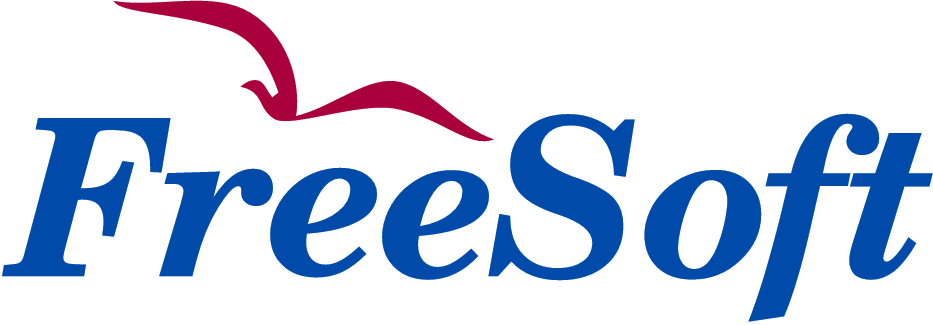FreeSoft and EasiRun enter into a strategic partnership to leverage each other’s expertise and solutions for core and strategic legacy modernization. This symbiosis benefits companies with mission-critical applications by providing comprehensive solutions for measurement and analysis as well as for reducing technical backlogs, risks, security and many other software-relevant aspects.
FreeSoft’s and EasiRun’s approaches fit together perfectly and will provide customers with significant added value by extending their offerings in terms of improved maintenance, integration, quality and security of applications.
“The partnership with EasiRun is very important to us. We are delighted to have this company at our side with its many years of migration experience, fantastic solution portfolio and excellent customer relationships. The symbiosis of expertise and state-of-the-art technology is particularly evident in the combination with our LiberatorWorkbenchTM Legacy Conversion Framework. This enables us to define continuous software measurement and analysis processes to deliver high quality software solutions” Vladimir Orszagh, CEO of FreeSoft.
Enterprises must constantly find new solutions to keep pace with the demands of digitization, DevOps, time-to-market and cloud computing in the face of increasing complexity and remain competitive.
“FreeSoft is the perfect partner for us,” said Donald Fitzgerald, CEO of EasiRun Europe. “FreeSoft’s experience and expertise will complement our existing post portfolio. This will allow us to offer an expanded range of services. Ultimately, our customers benefit because they can better manage their complex application portfolios, increase productivity, and reduce testing and programming efforts. Software modernization projects are much easier to manage and control based on objective information”.




 Eng
Eng 
 日本語
日本語 Br
Br De
De